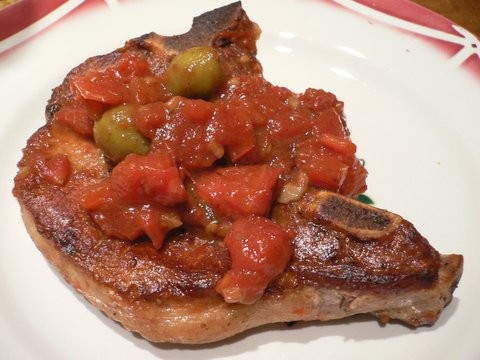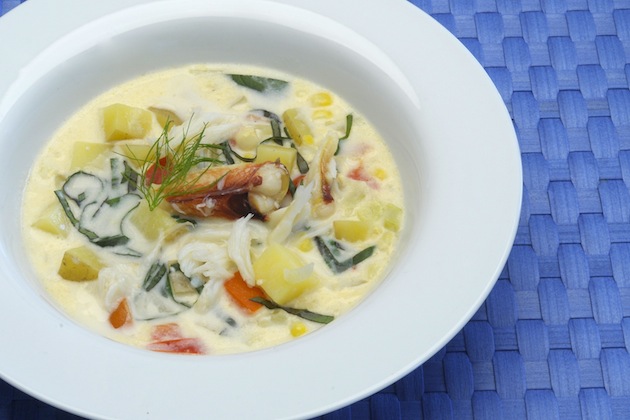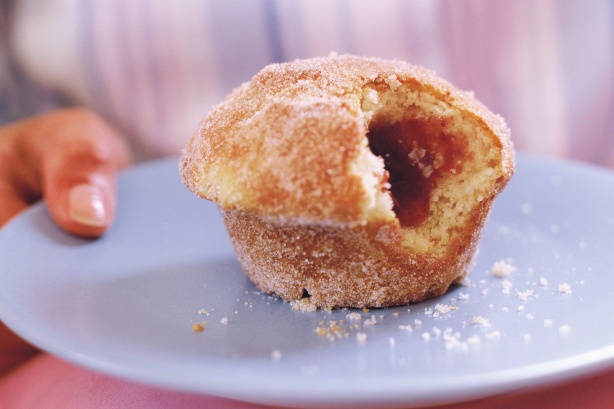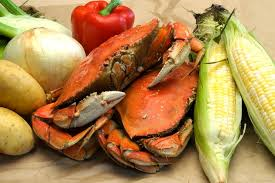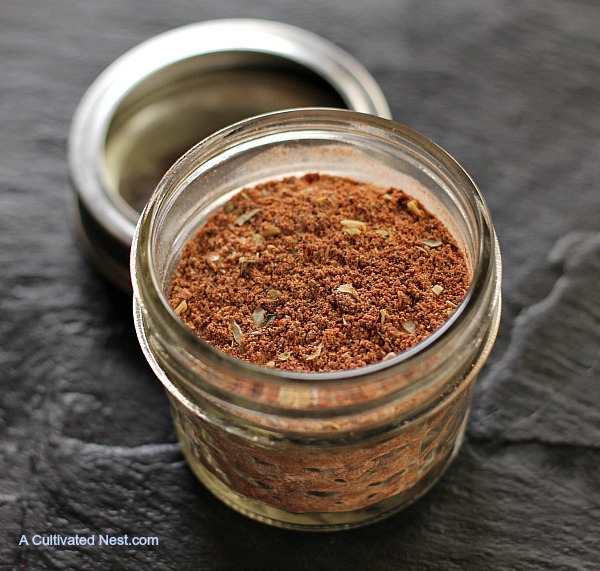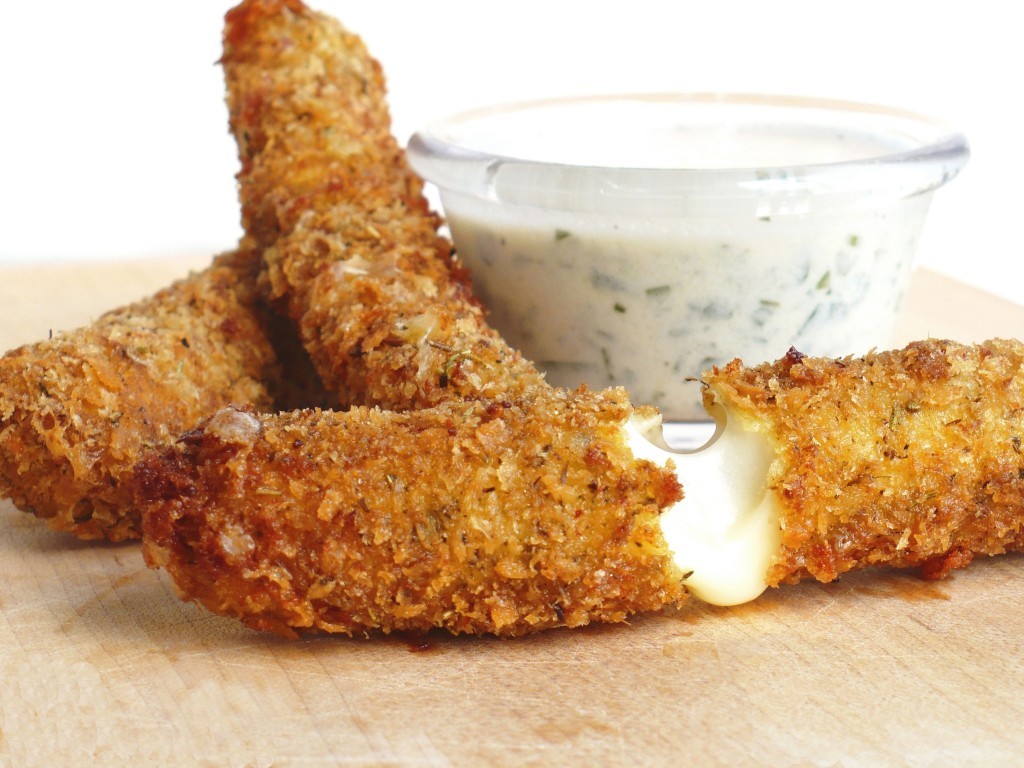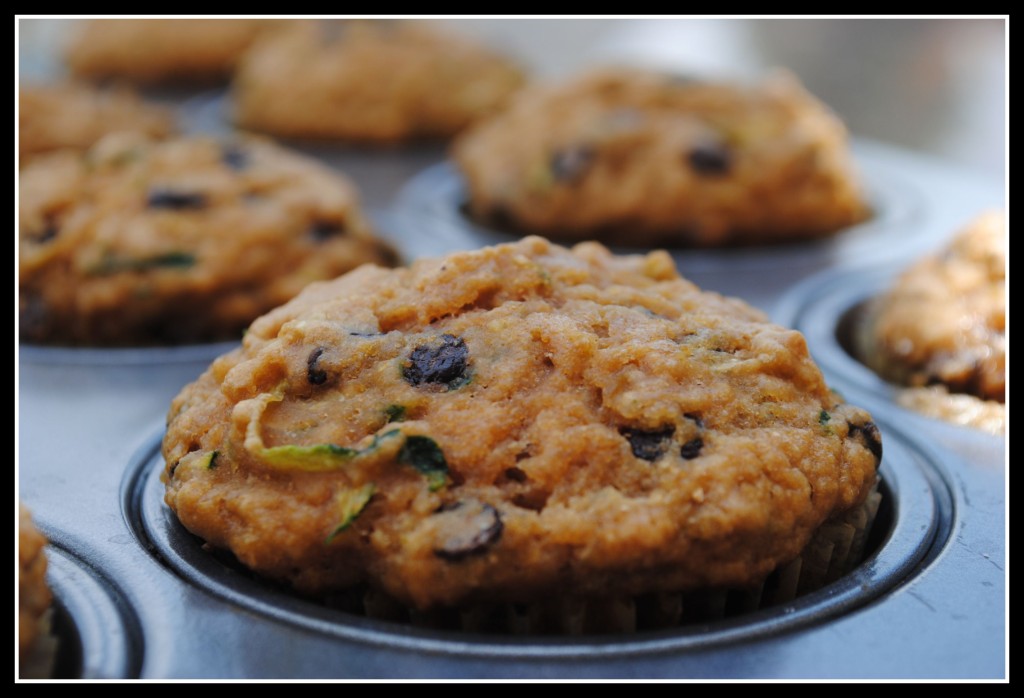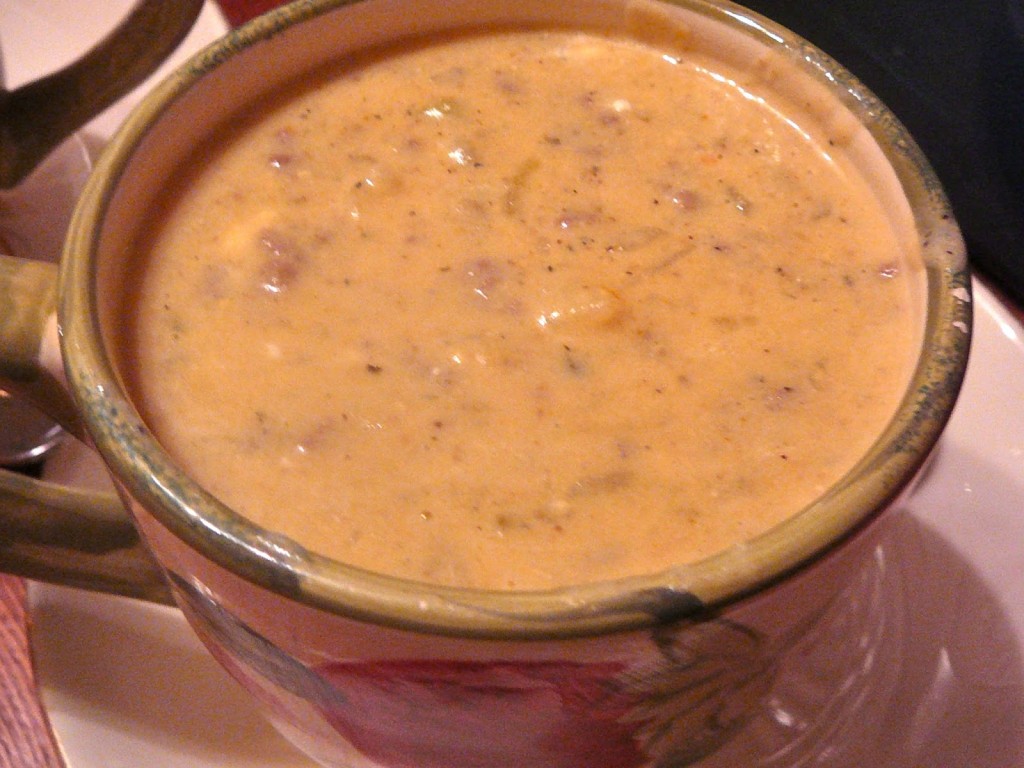Texas Surprise Garlic Meatball Appetizer
50 to 60 cloves fresh garlic, peeled
12 oz. sharp Cheddar cheese
1/3 cup fresh parsley leaves (stems removed)
1 to 2 jalapeno peppers (optional)
6 cloves fresh garlic
6 oz. hot pork sausage
6 oz. mild pork sausage
2-1/4 cups buttermilk baking mix
Blanch 50 to 60 cloves garlic in boiling water 3 to 4 minutes. Drain and set aside to cool. In food processor fitted with shredding disc, grate cheese. Remove and set aside. Allow cheese and sausage to come to room temperature before mixing. In dry food processor bowl, chop parsley and peppers, if used, using steel blade. Use garlic press or side of wide-bladed knife to crush 6 cloves garlic. Add to processor, along with sausages and baking mix. Process until well mixed. Add cheese, and process only until well combined. Shape into 50 to 60 small balls, inserting a whole blanched garlic clove in each. At this point, balls may be frozen for baking at a later time. To bake at once, place balls on ungreased baking sheet. Bake at 325°F (160°C) for 20 to 25 minutes or until golden brown. Serve hot as an appetizer, plain, or with a bowl of plain yogurt for dipping.
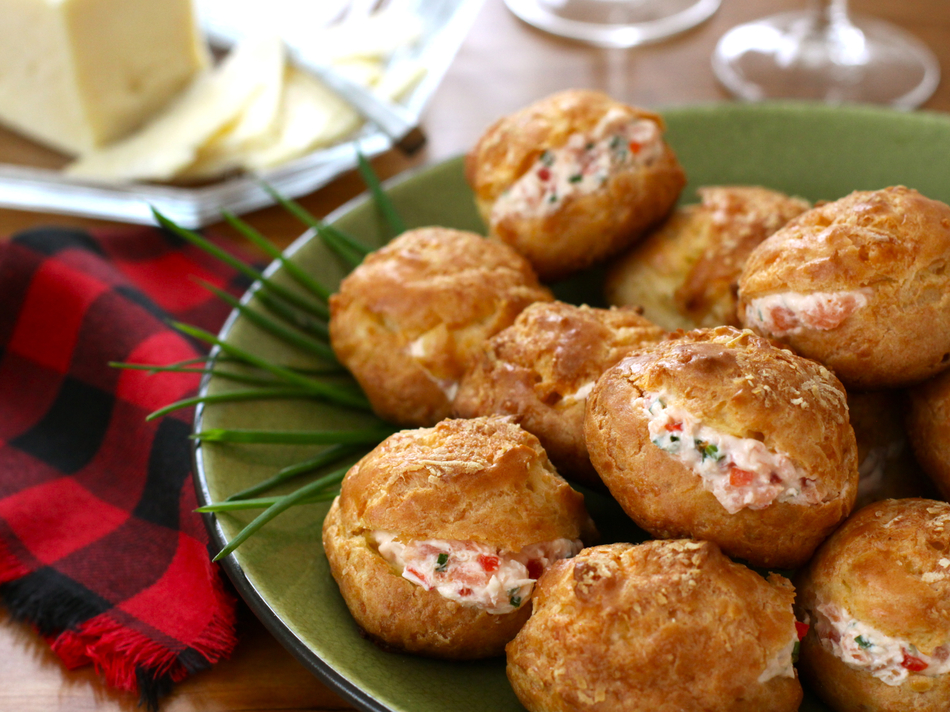
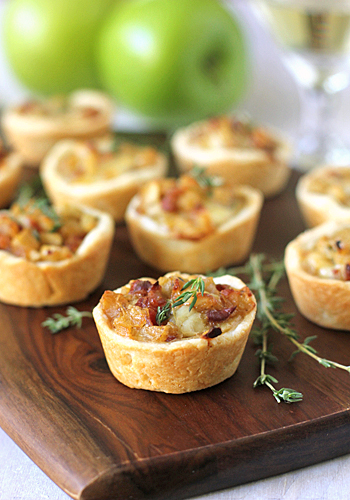

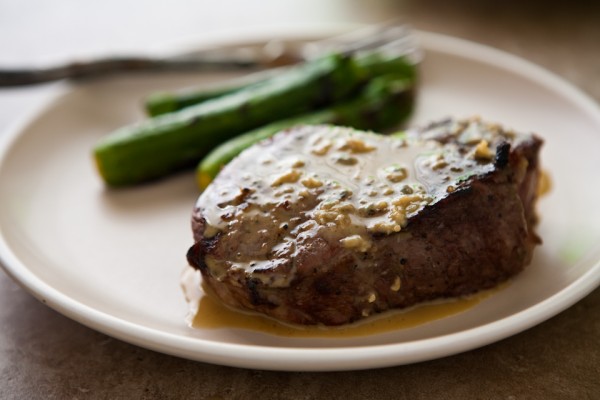


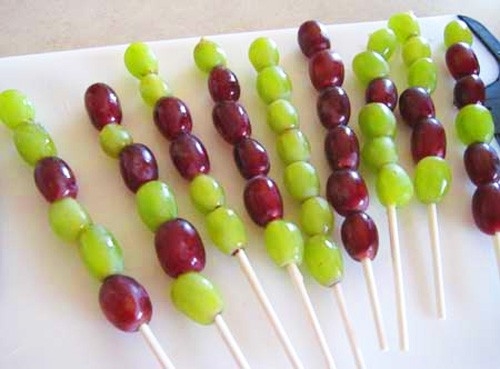
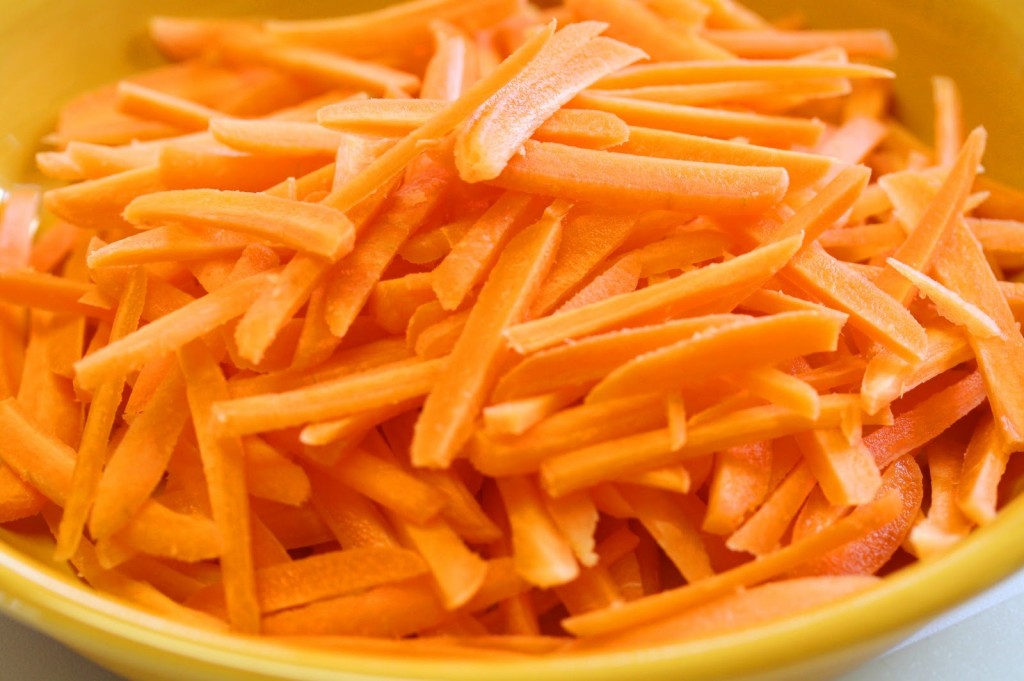
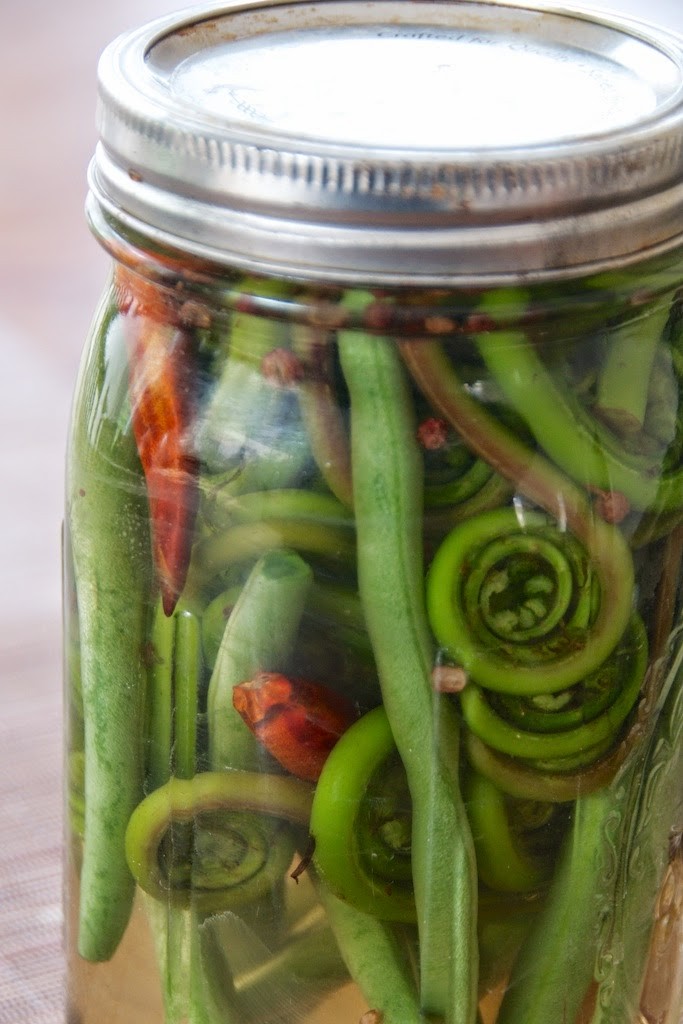
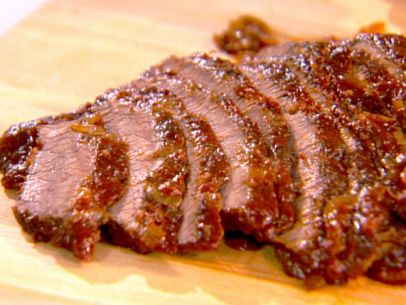
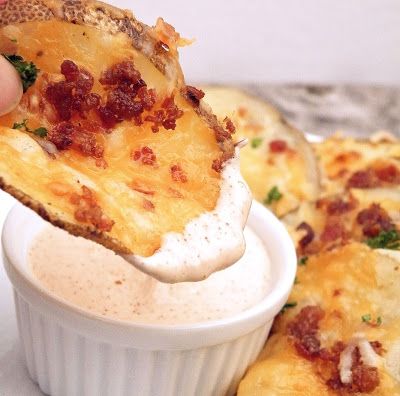


 1 1/2 large sweet red bell peppers (oil-roasted, peeled, cored and seeded)
1 1/2 large sweet red bell peppers (oil-roasted, peeled, cored and seeded)